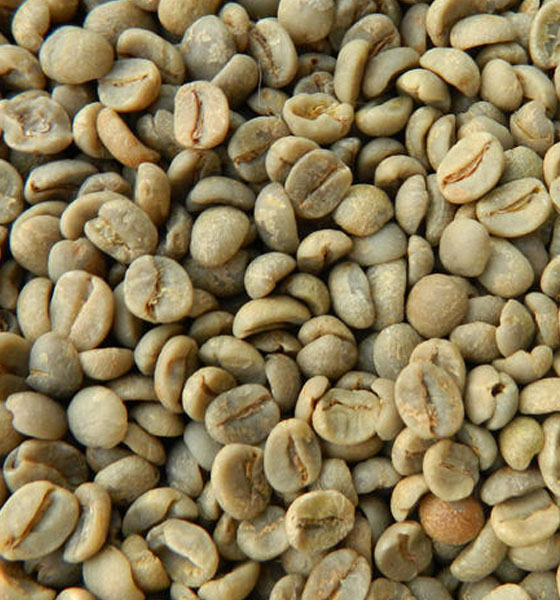
Arabica Coffee
Arabica coffee is commonly graded based on various factors, including size, quality, and appearance. Here’s an overview of the grading system for Arabica coffee, covering size designations and other important details:
1. Screen Size:
Arabica coffee beans are classified based on their size, measured in 1/64th inch increments. The screen size is determined by passing the beans through screens with specific hole sizes.
- Screen 15 and Above: Larger beans, considered higher quality.
- Screen 14-15: Medium-sized beans.
- Screen 13 and Below: Smaller beans, often used in lower-grade Arabica coffees.
2. Grade Designations:
Arabica coffee is often further classified into grades denoted by letter codes, similar to Robusta coffee.
- AA (Arabica): Represents the highest grade, indicating large beans with minimal defects and a superior cup profile.
- AB: Denotes beans of good quality, with a balance between size and cup characteristics.
- PB (Peaberry): Indicates that the coffee consists entirely of peaberries, which are single, rounded seeds instead of the usual two.
3. Cupping Characteristics:
The grading process also considers the cupping characteristics of Arabica coffee, including flavor, aroma, and acidity.
Higher-grade Arabica coffees are often associated with a more nuanced and complex flavor profile, featuring floral, fruity, or wine-like notes.
4. Geographical Origin:
The flavor profile of Arabica coffee is strongly influenced by the region where it is grown.
Arabica beans from different regions can exhibit unique characteristics based on factors such as altitude, soil composition, and climate.
5. Defects:
The presence of defects, such as broken or discolored beans, is taken into account during the grading process.
Higher-grade Arabica coffees typically have fewer defects, contributing to a cleaner cup.
6. Usage:
Different grades of Arabica coffee may be preferred for various purposes.
For instance, higher-grade beans are often used for specialty or single-origin coffees, while lower-grade beans might be used in blends or for mass-market coffee production.